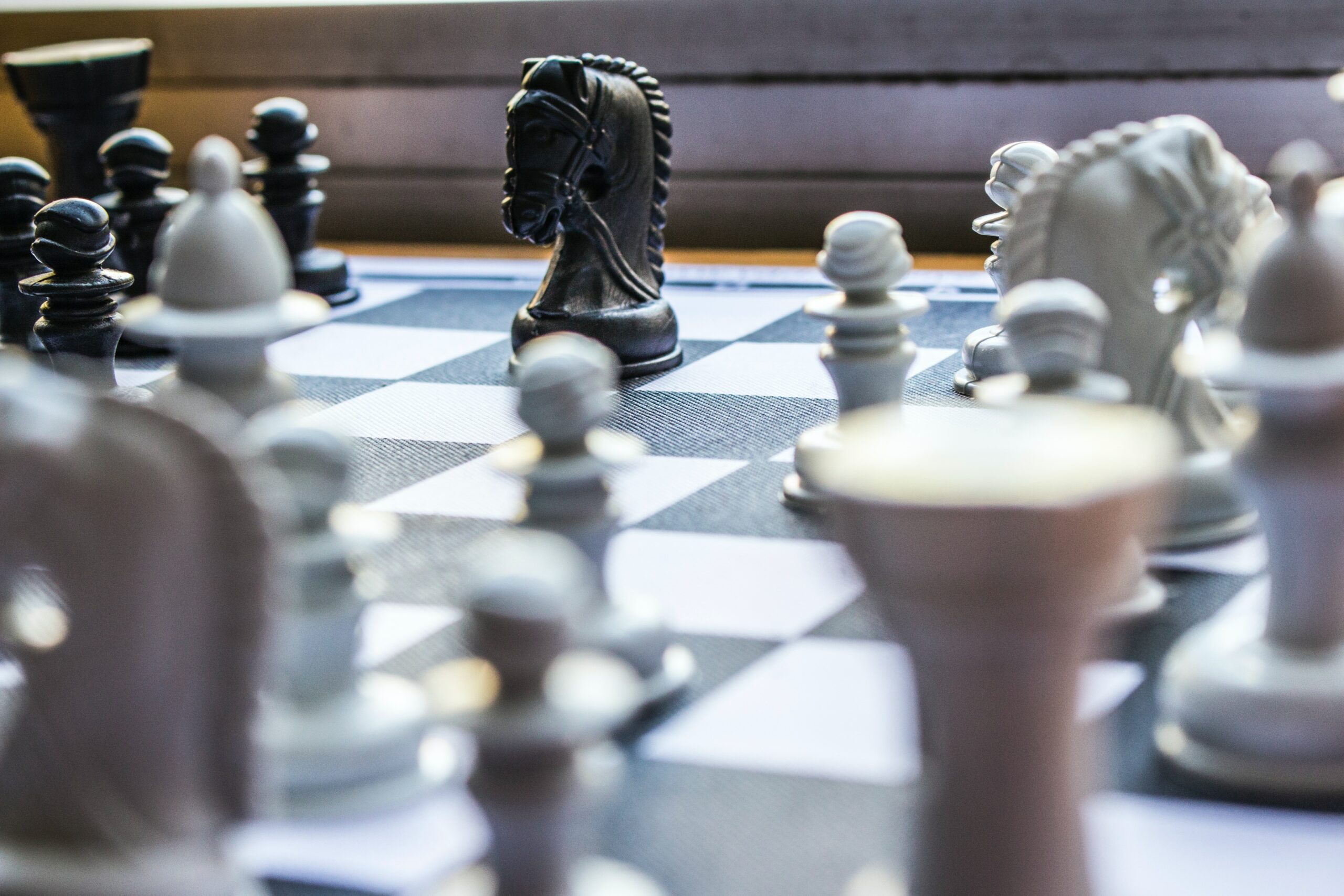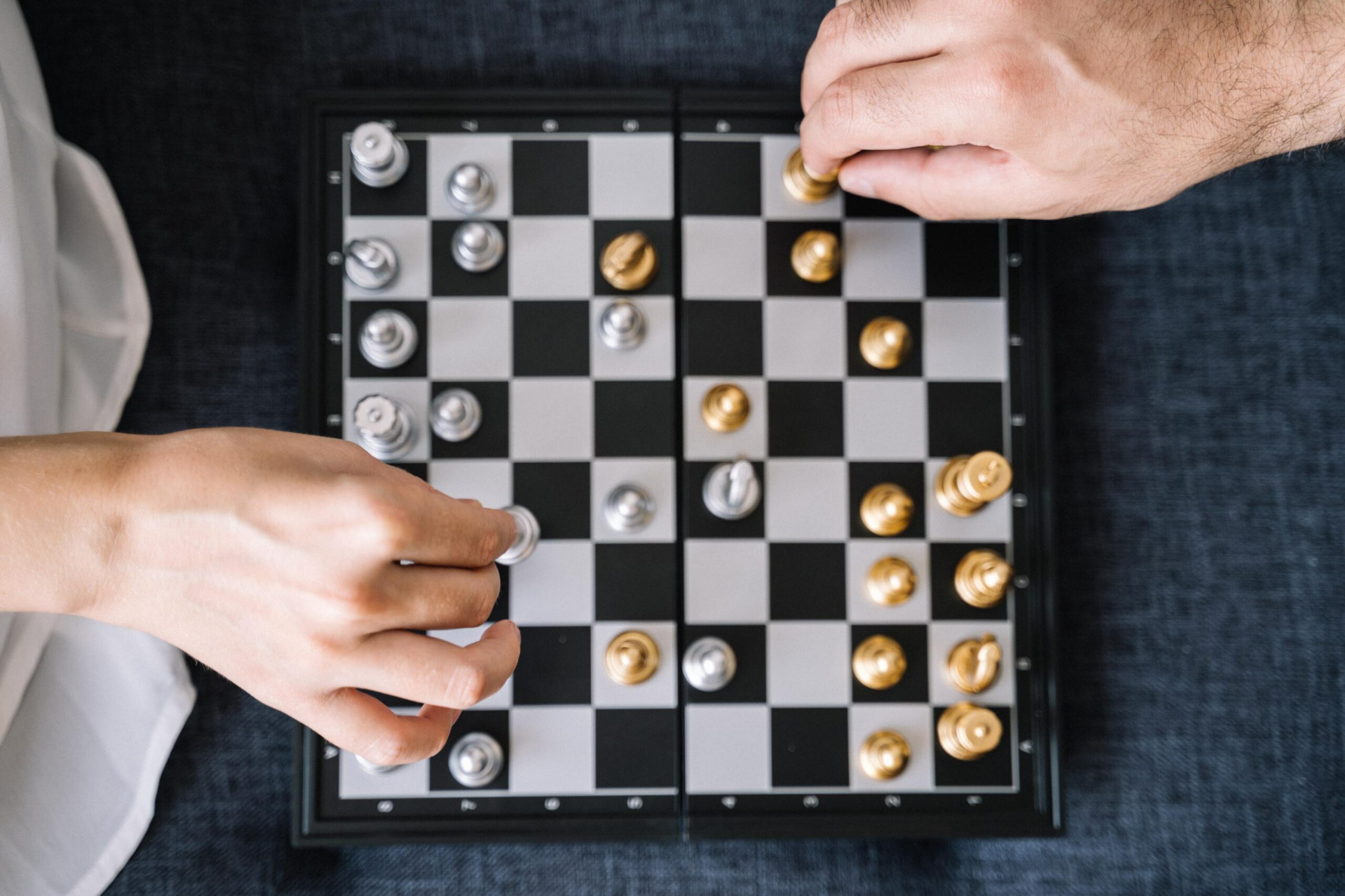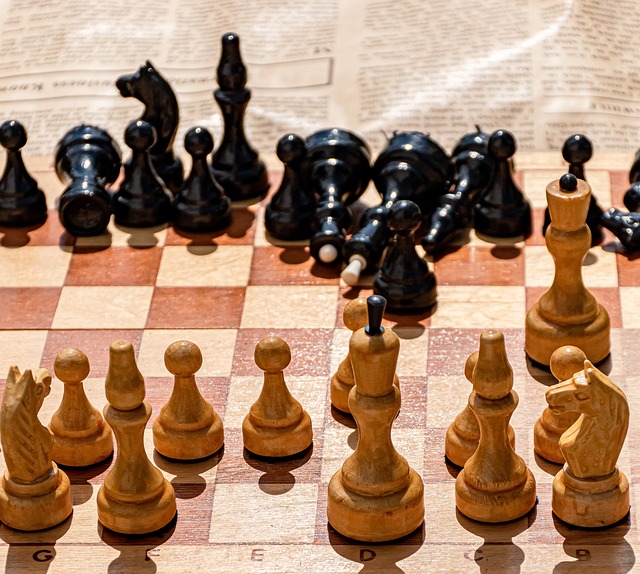Chess, a game that has captivated minds for centuries, is a strategic battle of wits played on a checkered board. While the objective is clear—to corner the opponent’s king in an inescapable checkmate—the means to achieve this goal are diverse and intricate. Central to the chessboard’s dynamics are the individual pieces, each with its own unique characteristics and strategic value.
Understanding the worth of each piece is essential for formulating effective strategies, evaluating positions, and making tactical decisions. In this exploration, we delve into the fascinating world of chess piece valuation, unraveling the intricate web of their significance and shedding light on the strategic interplay that unfolds with every move. From the humble pawn to the majestic queen, let us embark on a journey to discover the true value of each piece in the timeless game of chess.
Why does each chess piece have a unique value?
In the intricate world of chess, every piece is assigned a unique value based on its intrinsic qualities and strategic potential. This differentiation arises from the varied abilities and limitations of each piece, shaping the dynamics of the game. For instance, the movement patterns, capturing abilities, and positional reach of the pieces greatly influence their value.
A comprehensive understanding of these characteristics enables players to evaluate positions, anticipate threats, and formulate effective strategies throughout the course of the game. By recognizing the distinct value of each piece, players can harness their strengths and exploit their opponent’s weaknesses.
What is the relative value of pawns compared to other pieces?
Pawns, often considered the foot soldiers of the chessboard, possess a distinct value relative to the other pieces. While individually they may seem modest in strength, their collective power lies in their potential to advance and promote into more potent pieces.
Pawns are typically valued at one point each, serving as the baseline for evaluating the worth of other pieces. However, their tactical significance extends beyond their numerical value. Pawns act as the frontline defenders, occupying key squares, establishing control over the board, and facilitating strategic maneuvers. The proper management and effective utilization of pawns can significantly influence the outcome of the game.

How does the knight’s unconventional movement affect its value?
The knight, with its unique L-shaped movement pattern, stands out among the chess pieces. Its ability to leap over other pieces grants it unmatched maneuverability and the potential to exploit vulnerabilities in an opponent’s position.
The knight’s unconventional movement allows it to reach squares that other pieces cannot, making it a formidable weapon in both offense and defense. Its value is often considered to be around three points, reflecting its tactical versatility.
However, its limited range and difficulty in quickly repositioning across the board can also pose challenges. Skilled players are adept at harnessing the knight’s strengths while mitigating its limitations and can wield them effectively to gain a strategic edge.
Is the bishop more valuable in open positions or closed positions?
The bishop’s value, like other chess pieces, can be influenced by the nature of the position. In open positions, where the board is uncluttered with pawns and there are diagonals available for the bishop’s movement, its potential for long-range attacks and influence across the board increases.
In such scenarios, the bishop’s value often surpasses that of a knight, typically estimated at around three points. Conversely, in closed positions characterized by blocked pawn structures and limited mobility, the bishop’s scope can become restricted, diminishing its strategic potential.
It is crucial for players to recognize the positional nuances and adapt their strategies accordingly, leveraging the bishop’s strengths in open positions and compensating for its limitations in closed positions.

Can the rook’s value change depending on the game’s progression?
The rook, often referred to as the heavy artillery of the chessboard, possesses significant value throughout the game. In the early stages, when the board is relatively open, the rook’s potential to control files and ranks, support pawn pushes, and coordinate with other pieces can be paramount.
Its value is commonly considered to be around five points, reflecting its strategic importance. As the game progresses, particularly in the endgame, the rook’s power tends to increase further.
With fewer pieces cluttering the board, the rook gains more open files and ranks, allowing it to infiltrate the opponent’s position and deliver decisive blows. Recognizing the evolving role of the rook and adapting strategies accordingly is crucial for successful gameplay.
How does the queen’s versatility make it the most valuable piece?
The queen, known as the most powerful piece on the chessboard, derives its immense value from its remarkable versatility. With the combined movement capabilities of the rook and the bishop, the queen holds a commanding presence across the board, capable of attacking from a variety of angles and controlling key squares.
Its value, estimated at around nine points, signifies its strategic importance. The queen can engage in both tactical strikes and long-term positional maneuvers, making it a force to be reckoned with at any stage of the game.
However, this versatility also demands caution, as overexposure or early queen excursions can allow opponents to exploit weaknesses and mount counterattacks. Understanding the queen’s potency while employing prudent positioning is essential to maximize its impact and secure an advantage.
| Piece | Relative Value | Strategic Considerations |
|---|---|---|
| Pawn | 1 | Pawns form the backbone of the position and can be used for strategic control and pawn structure manipulation. |
| Knight | 3 | Knights have unique movement, can jump over other pieces, and excel in closed positions or when positioned near the center. |
| Bishop | 3 | Bishops are more effective in open positions where their long-range movement can exert influence across the board. |
| Rook | 5 | Rooks are highly versatile and become more powerful in open files, connecting rooks, or when targeting key positions. |
| Queen | 9 | The queen combines the abilities of the rook and bishop, offering exceptional strategic and tactical possibilities. |
| King | ∞ | The king’s primary value lies in its safety, as its loss leads to defeat. In the endgame, the king becomes an active piece. |
What makes the king invaluable yet vulnerable?
The king, although lacking the numerical value associated with other pieces, holds the utmost significance in the game of chess. Its primary objective is survival, as the loss of the king results in defeat. The king’s vulnerability arises from its limited mobility, restricted to one square at a time.
This constraint necessitates vigilant protection and cautious positioning throughout the game. However, as the game progresses and pieces are exchanged, the king’s importance can transform. In the endgame, the king becomes a formidable force, capable of actively participating in the battle and influencing the outcome.
It is through the careful balance of safeguarding the king’s safety while deploying it strategically that players can navigate the complexities of the game and seek victory.
Are there any special circumstances where a pawn’s value increases?
While pawns are generally considered less valuable than other chess pieces, there are certain situations where their worth can significantly increase. One such circumstance is when a pawn reaches the opponent’s back rank and promotes into a more powerful piece like a queen.
This transformation can dramatically alter the dynamics of the game and turn the tide in the pawn’s favor. Additionally, in the endgame, pawns can gain strategic importance as they advance closer to promotion, acting as potential threats that demand the opponent’s attention.
Moreover, isolated or doubled pawns may possess defensive weaknesses, diminishing their value, while connected pawns can reinforce each other and become a formidable force on the board.
Does the value of a piece change as the game approaches the endgame?
As the game transitions into the endgame, the value of the pieces can undergo significant changes. In general, the importance of pawns tends to increase as their potential for promotion becomes more pronounced.
Additionally, the value of the king rises during the endgame, as it becomes a crucial asset in actively participating and supporting the remaining pieces. The significance of the queen and rook can diminish slightly, as the board becomes more open and their long-range capabilities may be less influential.
Conversely, pieces like knights and bishops can gain prominence, as their maneuverability and ability to exploit tactical opportunities become more valuable in the reduced material landscape of the endgame.
Which piece combinations are considered highly valuable for tactical purposes?
Certain combinations of chess pieces possess exceptional tactical value, often leading to powerful attacks or advantageous positions. One such combination is the queen and knight, which can cooperate harmoniously to mount deadly threats on the opponent’s position.
The queen’s long-range power combines with the knight’s ability to navigate through complex patterns, creating intricate tactical possibilities. Similarly, the coordination between rooks on open files or ranks can lead to devastating attacks, allowing for the exploitation of weak points.
Furthermore, the pairing of bishops on complementary diagonals can establish a powerful presence, exerting control over large sections of the board. Recognizing and capitalizing on these synergistic piece combinations is crucial for players seeking to employ tactical finesse and gain a competitive edge.

Can sacrificing a piece be strategically beneficial?
In the realm of chess, sacrificing a piece can be a strategic maneuver aimed at gaining long-term advantages or launching devastating attacks. Such sacrifices, known as “pawn sacrifices,” “piece sacrifices,” or even “exchange sacrifices,” are calculated risks undertaken to disrupt the opponent’s position, create imbalances, or open up lines of attack.
Sacrificing a piece can lead to rapid development, initiative, or the exposure of weaknesses in the opponent’s defenses. It requires careful evaluation of the potential gains and thorough calculation of possible variations.
Skilled players often utilize sacrifices to seize the initiative, put pressure on the opponent, or set up intricate tactical combinations that can result in a decisive advantage.
What are the consequences of losing a valuable piece early in the game?
Losing a valuable piece, such as a queen, rook, or even a well-placed bishop or knight, early in the game can have significant consequences. It immediately creates a material imbalance, giving the opponent a numerical advantage that can be challenging to overcome.
Losing a key piece can severely hamper a player’s strategic plans, limiting their ability to mount effective attacks or defend against threats. Moreover, the absence of a powerful piece may weaken control over critical squares or compromise overall coordination.
However, while losing a valuable piece poses challenges, it is not an insurmountable setback. Skilled players can adapt their strategies, seek compensation in positional advantages, or exploit other tactical opportunities to regain momentum and turn the game in their favor.
How does the value of a piece vary in different chess variants?
In different chess variants, the value of pieces can vary based on the unique rules and mechanics of the game. Variants like Chess960, where the starting positions of the pieces are randomized, can lead to different evaluations and strategies compared to traditional chess.
For instance, the value of the rook might be diminished if it starts in a less advantageous position, while the knight’s value can increase due to its versatility in navigating unfamiliar setups.
Additionally, variants like Three-Check Chess or Crazyhouse Chess introduce additional win conditions or allow for the reintroduction of captured pieces, altering the value dynamics. Understanding these nuances and adapting to the specific variant’s requirements is crucial to effective gameplay and strategic decision-making.
The Bottom Line
The value of each piece in chess forms the foundation upon which strategic decisions and gameplay are built. From the lowly pawn to the mighty queen, each piece possesses unique characteristics, strengths, and limitations that shape the dynamics of the game.
Understanding the relative values of the pieces allows players to assess positions, devise effective strategies, and execute tactical maneuvers. However, it is essential to recognize that the value of a piece is not static and can be influenced by various factors, such as the stage of the game, the position on the board, and the specific chess variant being played.
Throughout the game, players must navigate the complexities of evaluating piece combinations, sacrificing strategically, and adapting to changing circumstances. The consequences of losing a valuable piece early in the game can be significant, challenging players to adjust their plans and seek compensatory advantages. Furthermore, the endgame brings about shifts in piece value, as pawns gain prominence and the king assumes a more active role.
Ultimately, chess is a game of balance, requiring players to assess the trade-offs between material gains, positional advantages, and tactical opportunities. Recognizing the intricate interplay of the pieces and their evolving worth is essential to succeed in strategic battles on the chessboard. By mastering the value of each piece, players can wield their forces with precision, exploit vulnerabilities, and strive for victory in the timeless game of chess.




